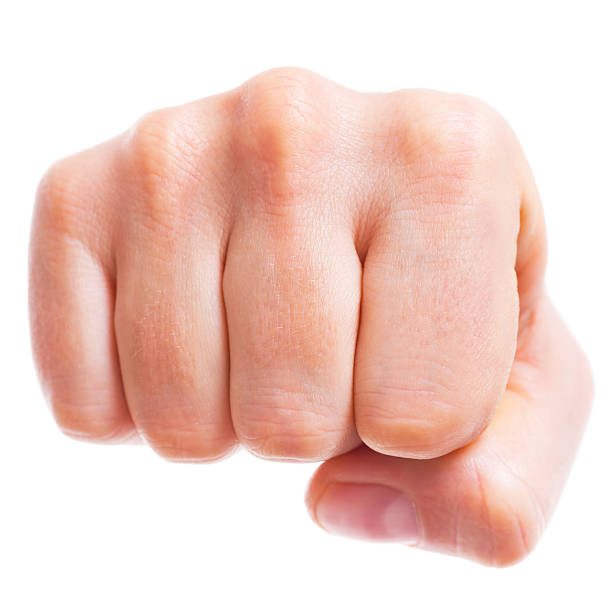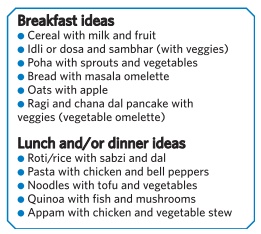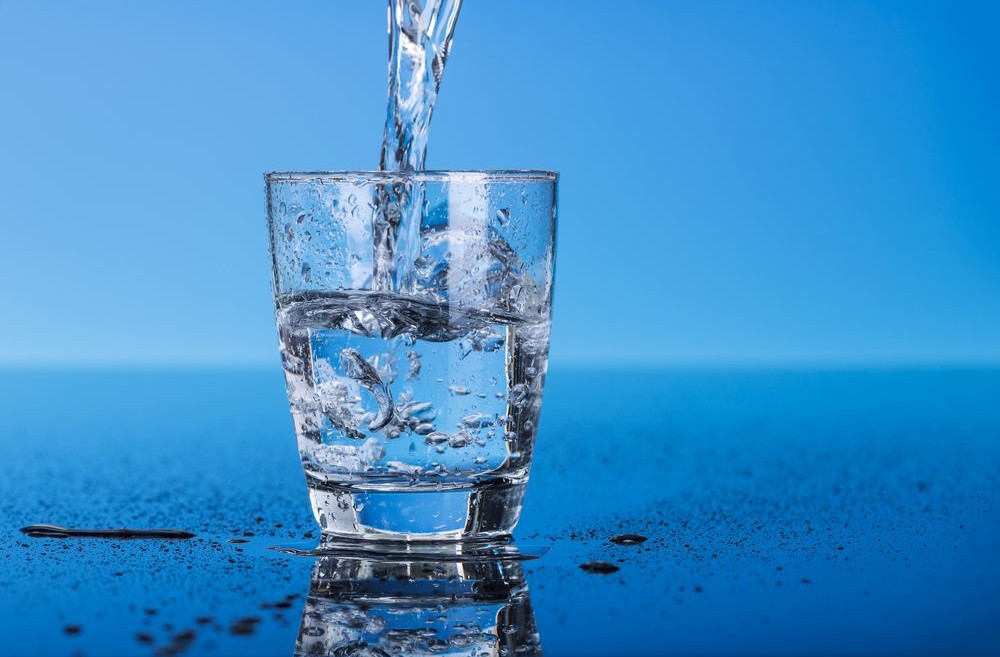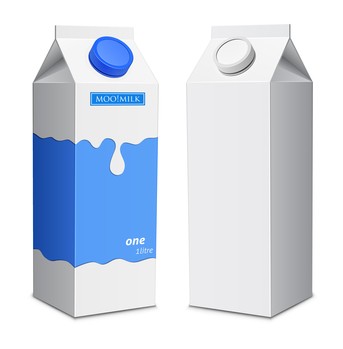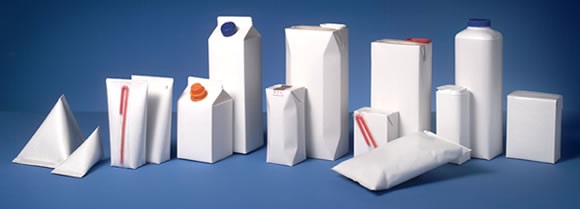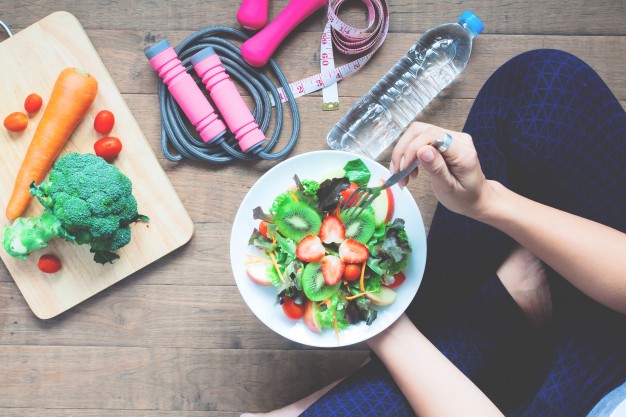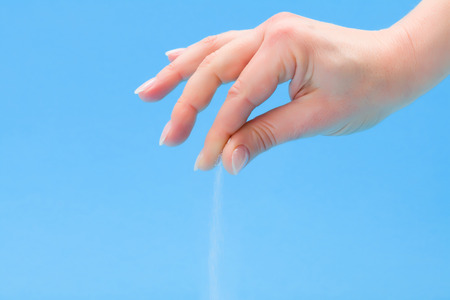CELEBRATE THE VALENTINE MONTH BY GIFTING YOURSELF SELF-CARE
This year, instead of writing about how to celebrate the love month with your beloved (could be a partner, parent, friend or even a dog). I am going to instead talk about how to love the one person closest to you. Yourself. Corny, yes. Unnecessary , no. Many women treat their bodies —– and their heart, kidney, liver, and lungs —– with little semblance of self-love. Most are so busy putting the needs of other people — their spouses, careers, kids —- before themselves that they forgot they are equally deserving of the attention. Shower a bit of love on yourself by:
EATING SMART
This seems hard when life is overwhelming but it’s surprisingly easy to balance indulgences with healthfulness. Instead of overloading your system, take care of yourself by eating at home most of the week, and practising portion control when you’re out. Nourish yourself with good quality carbs (including vegetables and fruits), protein (lean meats, quinoa, dal, egg and seafood) and unsaturated fats so that you get your daily dose of vitamins and minerals. And avoid things that come in boxes, packets or tins.
EATING FREQUENTLY
Gift yourself better metabolism by eating every two hours. Did you know that apart from walking, jogging or even breathing, digestion is a calorie-burning activity? By breaking up four main meals (breakfast, lunch, teatime snacks, dinner) into eight small meals (two hours apart), your body burns some of the calories as you eat them, putting your body constantly in the ‘gym’.
EXERCISING
Exercise is one of the best way to show yourself you care. Try exercising for an hour a day: walking, jogging, or even aerobic dance, coupled with light weight training. You could break up the hours into 20 or 30 minute blocks in the day.
HYDRATING
Keeping the body hydrated helps the heart more easily pumps blood through the blood vessels to the muscles. And, it helps the muscles work efficiently. Hydrate your life by drinking water because it helps in the daily functioning of your body, which helps in maintaining its equilibrium.
GETTING YOUR DAILY DOSE OF ANTIOXIDANTS
You can do this by drinking a glass of vegetables juice every day. Blend three different raw vegetables in a mixie (not a juicer), add half of pulp to a glass, top with water and season. Drink immediately to enjoy a host of wonderful antioxidants that flush out your system of toxins. You’d be doing your body — and your life — a great service.


